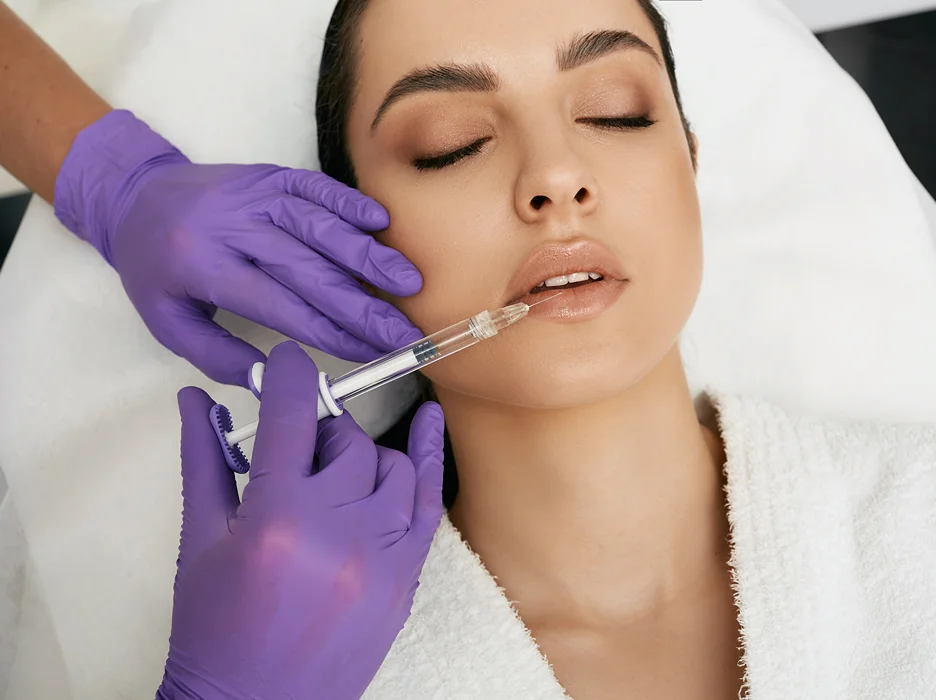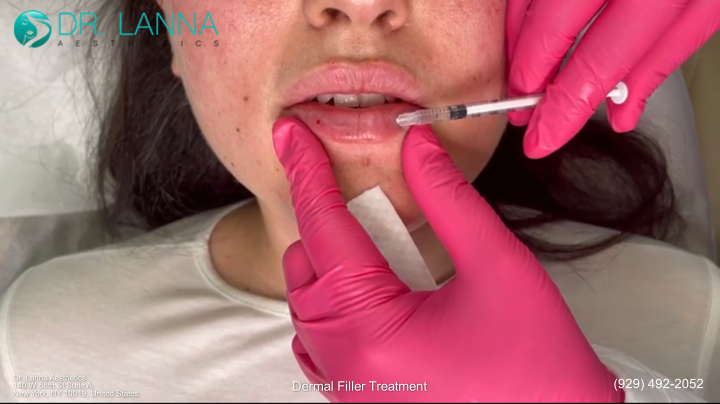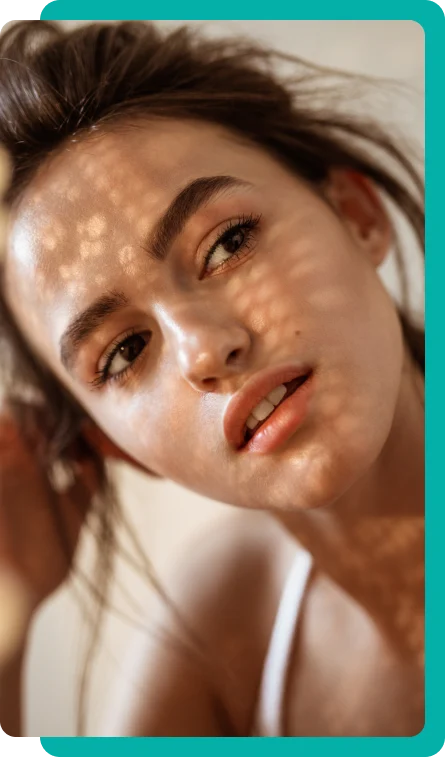Dermal fillers are an effective, non-invasive way to significantly reduce fine lines and wrinkles so that you can look your best. For many patients, the treatment’s minimal recovery time even adds to the appeal. However, just like with any kind of injection, you should expect minor side effects such as bruising that will subside in a week.
But are there any ways to calm or reduce the appearance of post-treatment bruises? Yes, these include avoiding blood thinners, using heat pads, and finding the right concealer. Take note that if your bruises are still visible after 1 week, consult your doctor.
As with any bruise after a cosmetic treatment, the bruising should gradually subside within a week. That’s why we advise patients to time their treatments. Don’t schedule your appointment right before an important event. You also need to “baby” your skin to promote healing and reduce bruising. Below are a few ways how to get rid of facial bruising after dermal fillers quickly:
Plastic surgeons usually recommend you refrain from making pronounced facial expressions (e.g., frowning, kissing, sucking, rubbing), so that you don’t interrupt the healing process of the treated area. You need to wait for the facial fillers to settle nicely into your skin. However, if you think that your filler has migrated to unwanted areas, you can either massage it back in place or inform your injector.
Abstain from any type of alcohol – whether that’s beer, wine, or hard liquor – 24 hours before and after your treatment. Alcohol, even in small doses, dilates the blood vessels, making you more susceptible to bruising, infection, and slow healing. While its effects are short-lived, it’s better to be on the safe side of dermal fillers.
The supplements and medications that you should stop taking before your treatment are the same ones you should avoid during aftercare. This is mainly due to their blood-thinning capabilities. Aspirin, NSAIDs (e.g., Advil, ibuprofen, naproxen), and other herbal supplements (e.g., vitamin E, turmeric, flaxseed oil) slow platelets, the blood cells responsible for stopping bleeding and bruising.
Arnica pills are a homeopathic remedy that helps keep bruising at bay and can also be used to treat muscle soreness. Take it 4 days before and 4 days after receiving dermal fillers. It is available as an over-the-counter supplement at most pharmacies and drugstores.
While dermal filler procedures require little to no downtime, it’s not a wise decision to head straight to the gym right after your appointment. Make sure to avoid vigorous activity for 48 hours after your treatment because this increases your heart rate and blood flow, which could make your bruise appear worse.
It’s also recommended that you refrain from unnecessary exposure to extreme temperatures like a sauna or steam room. Until your bruising subsides, it’s best to keep blood flow to a minimum to help your damaged blood vessels and capillaries heal faster.
While temporary filler bruises might be the price we pay for beauty, they’re actually easy to hide. 24 hours after your procedure, you can apply makeup to your face again and build coverage. Just make sure that your bruise doesn’t have any cuts, nicks, or stitches beforehand.
First, use a neutralizing concealer. This means that you need to find shades that are on the opposite sides of the color wheel: Green cancels out red tones, blue cancels out orange, and so on, and so forth. Then apply some foundation to cover the bruise completely.
Afterward, you can use 2 makeup techniques to draw attention away from your facial bruises. Highlighting emphasizes your cheekbones, the inner corners of your eyelids, and the area right below your eyebrows. For accenting, you can use heavier makeup on specific areas you want to accentuate such as bold lipstick and eyeshadow.
It is much better to use heat application for bruises. While both icing and heating are methods that can accelerate the healing process, they are used for different purposes. Heat application, like warm compresses, dilates the blood vessels, meaning it can reduce inflammation quickly and evacuate a bruise faster.
On the other hand, ice packs or cold compresses shrink the blood vessels, slow down the blood flow to the injection site, and thus restrict inflammation. Plastic surgeons usually recommend using a cold compress right after administering the dermal filler injection to minimize swelling and then switch to warm compresses to prevent bruise progression.

Bruises are just small hematomas. It occurs when a sharp needle – used to inject fillers – punctures small blood vessels. As a result, the content of these blood vessels escapes the vascular system and permeates the soft tissues underneath the skin. Hence, some degree of bruising should always be expected with any type of injection, even with a Botox injection or plastic surgery.
Aesthetic practitioners can prevent traumas when administering dermal fillers by keeping the following in mind:
At the end of the day, it’s difficult to prevent all cases of bruising. The goal of your cosmetic surgeon is to minimize risk and inform you of the proper pre-treatment and aftercare instructions.
You can actively prevent minor adverse effects from dermal fillers by keeping C.A.L.M. – which stands for Cold, Avoid, Lidocaine, and Makeup:
For 10 minutes of every hour on the day of your appointment, apply an ice pack or bag of frozen peas to the injection site to help reduce the amount of swelling. Not only does a cold compress constrict blood vessels, but it also numbs and desensitizes the injection site to give you relief.
Avoid blood thinners – substances that are notorious for dilating blood vessels – before having your treatment. Examples of common blood thinners are:
Discuss with your healthcare provider how much time in advance of the injectable treatment should you discontinue taking any of these medications and supplements.
Lidocaine is the most common topical anesthetic agent used for filler injection since it can rapidly numb facial areas prior to injectable treatments. It has a relatively fast onset time of 3 to 5 minutes. It also slows blood flow, minimizes post-operative bruising, and allows for increased comfort.
As mentioned, dermal filler patients can hide mild bruising with a good foundation and concealer. Other makeup secrets you could incorporate into your camouflage strategy include:
We also recommend that you find anti-aging skin care products to maximize the results of your cosmetic injections.

Dr. Lanna Aesthetics is a renowned team of master injectors based in New York City known for helping patients achieve the look of their dreams. With us, you’ll get a personalized dermal filler treatment built on years of experience and a full understanding of your aesthetic goals. We make sure that you feel comfortable and confident that you’re making the right decision. Book a dermal filler consultation with us today.

New Patients Enjoy $100 OFF on Tox or Filler Appointments!
*minimum 1 full syringe or minimum 25 units; Cannot be combined
